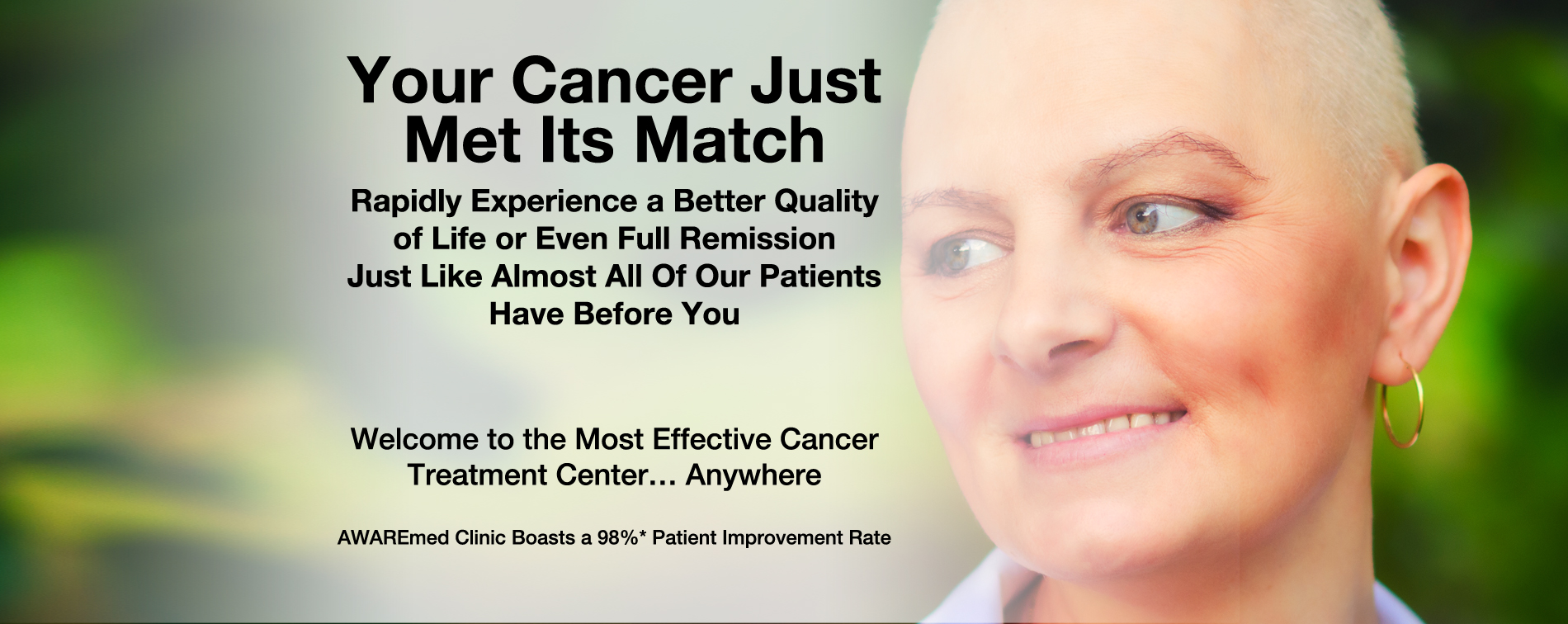Pagets disease treatment
Pagets disease treatment: The genesis treating breast cancer

Pagets disease treatment is necessary beacause, the mere mention of the disease cancer is enough to send shock waves
If you have Paget’s disease of the breast, surgery is the most likely treatment approach you will need. And in addressing Pagets disease treatment, the type of surgery will depends on the condition of the skin around your nipple and how advanced the underlying cancer is. Such surgical options include:
Simple mastectomy. This is a procedure which involves the removing of the entire breast excluding the lymph nodes in the armpit (axillary lymph nodes). This procedure is essential in cases where there is an underlying breast cancer which has not spread to the lymph nodes.
Lumpectomy. Breast-conserving surgery (lumpectomy) involves removing only the affected portion of the breast. Under this procedure, the surgeon removes the nipple and areola along with a wedge- or cone-shaped section of the breast. The surgeon focuses on removing as little breast tissue as possible, while ensuring that the tissue removed includes an outer margin free of cancer cells so that only healthy cells remain.
Lumpectomy to treat Paget’s disease of the breast requires follow-up radiation therapy. Lumpectomy wouldn’t be recommended if you can’t have radiation therapy for some reason. Most women have nipple reconstruction after their treatment.
Pagets disease treatment: Adjuvant therapy
Upon the completion of the operation, the surgeon may recommend an additional treatment (adjuvant therapy) with anti-cancer drugs (chemotherapy), radiation therapy or hormone therapy to prevent a recurrence of breast cancer. The patient’s specific treatment will depend on the stage of the cancer and whether the tumor tests positive for certain characteristics, such as having estrogen or progesterone receptors.
Pagets disease treatment: Coping and support
The mere mention of the disease cancer is enough to send shock waves. But one is eventually diagnosed with breast cancer, the pressure may be unbearable bot to the direct and indirect victims. Adjusting to this piece of news is not easy. At this point, you will need to have some tailored ways of coping with the diagnosis. You may try several things until you find what works well for you. The following can be helpful:
Get to know all the information about your new condition. Schedule an appointment with your doctor and ask all the questions you have. Ask even if you think a given question may not be relevant. Questions about your breast cancer, the type, stage and hormone receptor status. This kind of knowledge will make you feel confident to face the treatment well.
Talk with other breast cancer survivors. People who had been in this before can be very helpful in encouragement and support.
Find someone to talk with. Do not feel pity for yourself, instead find a friend or family member who is a good listener or talk to or a clergy member or counselor.
Keep your friends and family close. Your friends and family can provide a crucial support network for you during your cancer treatment.
Take care of yourself. Love life and keep doing the things you like. Sleep well, feed on healthy diet full of fruits and vegetables, make time for gentle exercise on days you feel up to it, and find time for things you enjoy, such as reading or listening to music. And finally, keep consulting with the experts. You can call AWAREmed health and wellness resource center for more professional help.
Pagets disease treatment: The genesis treating breast cancer



